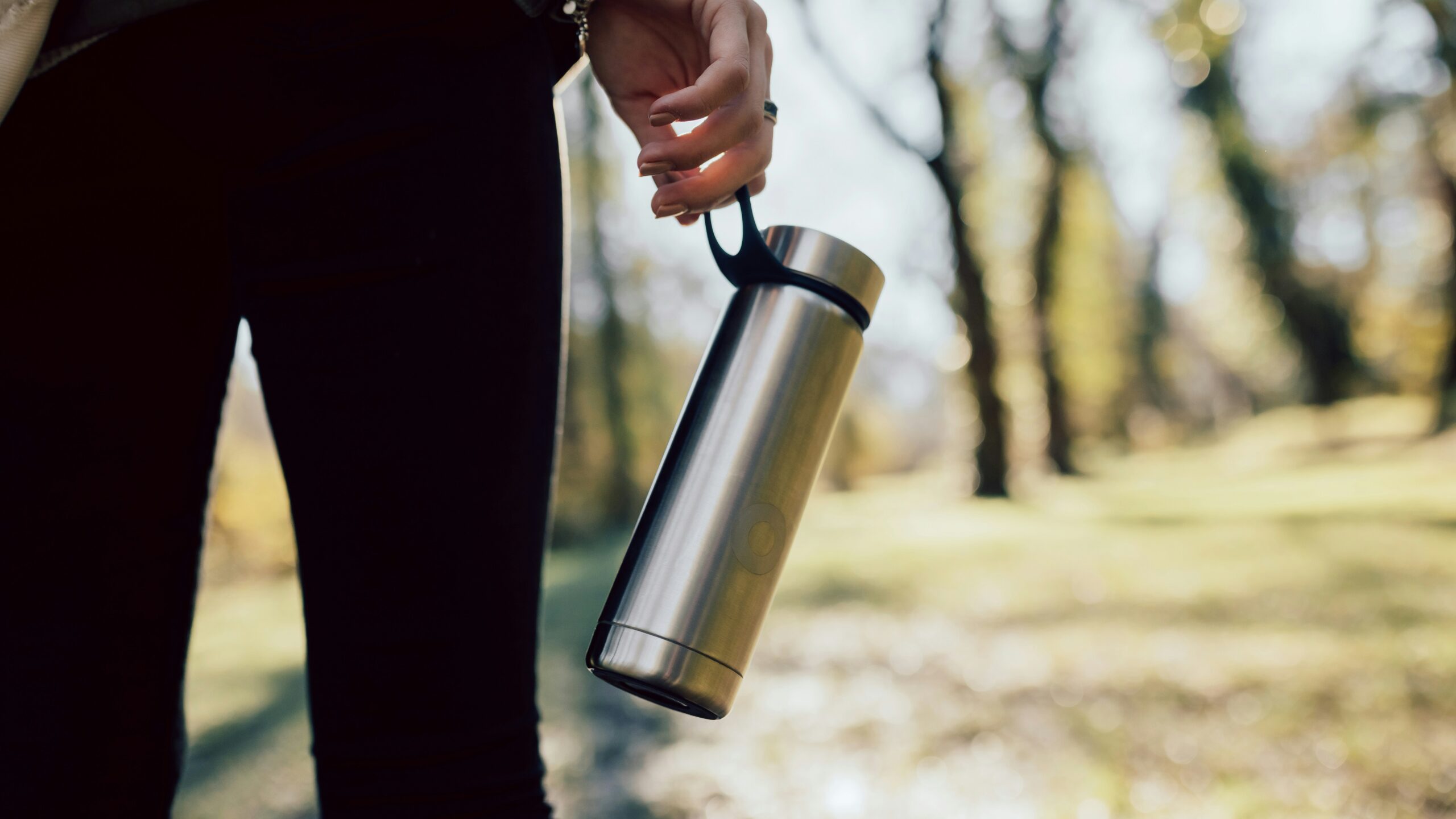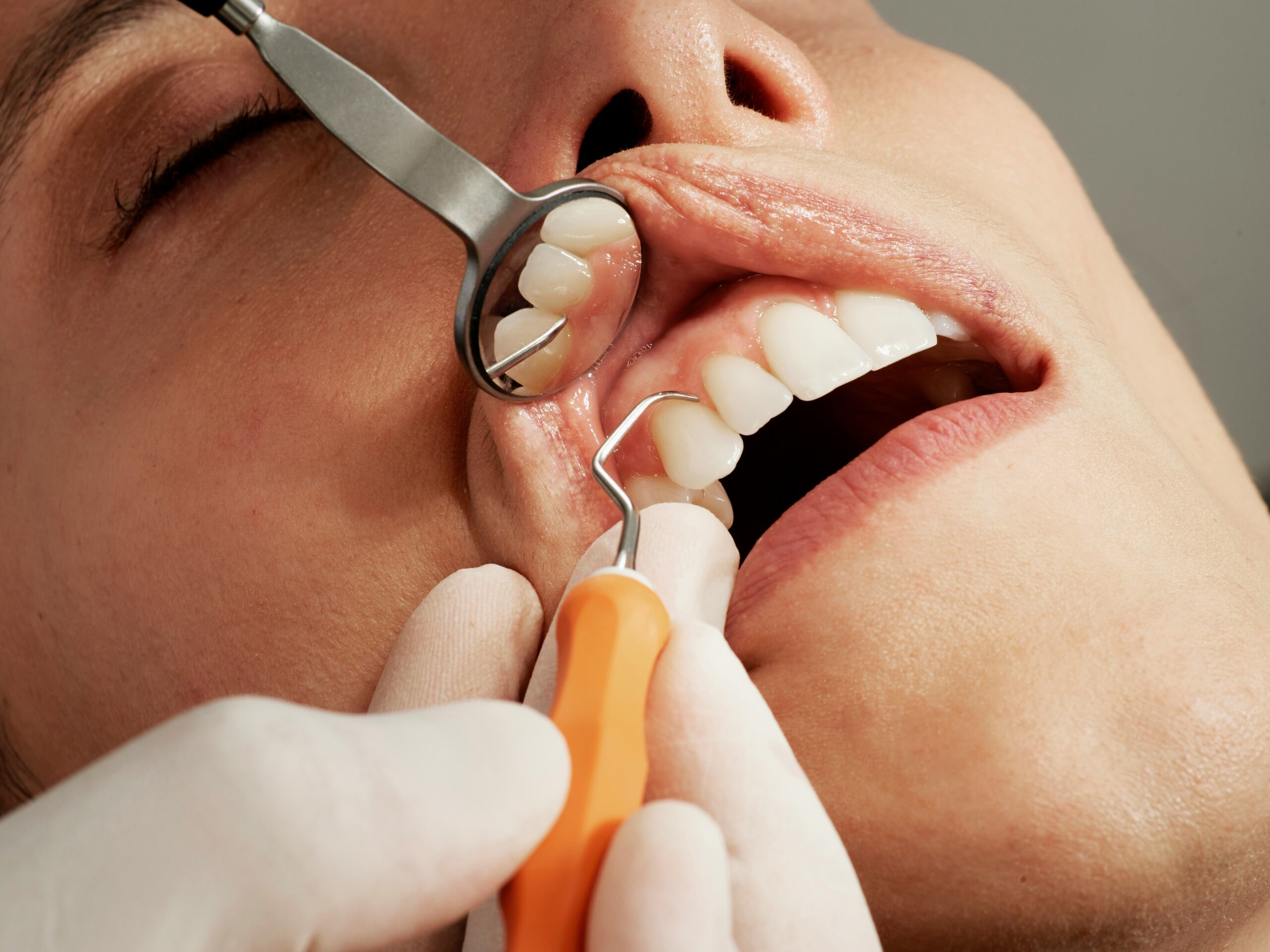Water bottles are essential in our daily lives, helping us stay hydrated throughout the day. However, to ensure they remain safe and hygienic, regular cleaning is crucial. This comprehensive guide will cover everything you need to know about cleaning different types of water bottles, including materials, methods, and tips to maintain them in top condition.
Importance of Cleaning Your Water Bottle
Health Benefits
Regularly cleaning your water bottle is vital for maintaining good health. Bacteria, mold, and mildew can grow in moist environments, leading to potential health issues. Proper cleaning ensures that you are drinking clean, safe water free from harmful pathogens.
Prevention of Bad Odors and Tastes
A dirty water bottle can develop unpleasant odors and tastes, which can be off-putting. Cleaning your bottle regularly prevents the buildup of residues and ensures your water tastes fresh.
Prolonging the Life of Your Bottle
Regular maintenance and cleaning can extend the lifespan of your water bottle. Dirt and grime can cause wear and tear, but proper care can keep your bottle looking and functioning like new.
Types of Water Bottles
Plastic Water Bottles
Plastic water bottles are lightweight and durable but can absorb odors and flavors. They are prone to scratches, which can harbor bacteria.
Stainless Steel Water Bottles
Stainless steel bottles are durable, resistant to odors, and do not leach chemicals. They are, however, heavier than plastic bottles.
Glass Water Bottles
Glass bottles do not absorb flavors or odors and are easy to clean. They are fragile and heavier than plastic or stainless steel bottles.
Collapsible Water Bottles
Collapsible bottles are convenient for travel as they save space. They can be more challenging to clean due to their flexible nature.
Infuser Water Bottles
Infuser bottles allow you to add fruits and herbs to your water. They require thorough cleaning to ensure no residues are left behind.
Cleaning Supplies and Tools
Dish Soap
Mild dish soap is essential for regular cleaning. It effectively removes dirt and bacteria without damaging the bottle.
Bottle Brush
A bottle brush helps reach all areas inside the bottle, ensuring a thorough clean. Choose one with a long handle and flexible bristles.
Vinegar
Vinegar is a natural disinfectant that can help remove odors and stains. It is especially useful for stainless steel and glass bottles.
Baking Soda
Baking soda is an excellent deodorizer and abrasive cleaner. It helps remove tough stains and odors from your bottle.
Bleach
Diluted bleach can be used for deep cleaning and disinfecting. It should be used sparingly and thoroughly rinsed out to avoid any residue.
Hydrogen Peroxide
Hydrogen peroxide is another effective disinfectant. It can be used to sanitize your bottle and eliminate any lingering bacteria.
Lemon Juice
Lemon juice is a natural cleaner and deodorizer. It can be used to freshen up your bottle and remove minor stains.
Daily Cleaning Routine
Rinse After Each Use
Always rinse your water bottle with warm water after each use. This helps remove any residues and prevents bacteria from growing.
Use Mild Dish Soap
Wash your bottle with mild dish soap and warm water. Use a bottle brush to scrub all interior surfaces, including the cap and mouthpiece.
Air Dry
After washing, allow your bottle to air dry completely. This prevents moisture from being trapped inside, which can lead to mold growth.
Deep Cleaning Methods
Vinegar Soak
Fill your bottle with a mixture of one part vinegar to four parts water. Let it soak for several hours or overnight. Rinse thoroughly with warm water.
Baking Soda Paste
Make a paste using baking soda and water. Apply the paste to any stained or odorous areas and scrub with a bottle brush. Rinse well with warm water.
Bleach Solution
Mix one teaspoon of bleach with one quart of water. Fill the bottle with the solution and let it sit for 15 minutes. Rinse thoroughly with warm water.
Hydrogen Peroxide
Fill the bottle with hydrogen peroxide and let it sit for 10 minutes. Rinse thoroughly with warm water to remove any residual peroxide.
Lemon Juice and Salt
Combine lemon juice and salt to form a cleaning solution. Use this mixture to scrub the interior of the bottle, then rinse thoroughly with warm water.
Cleaning Specific Types of Bottles
Plastic Bottles
Avoid using hot water on plastic bottles as it can cause warping. Stick to mild dish soap and warm water for regular cleaning.
Stainless Steel Bottles
Stainless steel bottles can handle more rigorous cleaning. Use vinegar or baking soda for tough stains and odors.
Glass Bottles
Glass bottles are dishwasher safe, but hand washing is recommended for longevity. Use mild soap and avoid abrasive scrubbers.
Collapsible Bottles
Pay special attention to the folds and creases when cleaning. Use a flexible brush and ensure the bottle is completely dry before storing.
Infuser Bottles
Disassemble the infuser parts and clean them separately. Ensure no residues are left behind, as they can lead to mold growth.
Preventing Common Issues
Mold and Mildew
Ensure your bottle is completely dry before storing it. Regularly clean all parts, including caps and mouthpieces, to prevent mold and mildew growth.
Stains and Discoloration
Regular cleaning and immediate treatment of stains with baking soda or vinegar can prevent discoloration. Avoid leaving beverages in the bottle for extended periods.
Odors
Use natural deodorizers like baking soda and lemon juice to keep your bottle smelling fresh. Regular cleaning prevents the buildup of odors.
Maintenance Tips
Regular Inspection
Regularly inspect your bottle for any signs of wear and tear. Check for cracks, chips, or other damages that could harbor bacteria.
Proper Storage
Store your bottle with the cap off to allow air circulation. This prevents moisture buildup and mold growth.
Replacing Parts
Replace any damaged parts, such as caps or seals, to ensure your bottle remains hygienic and functional.
Following Manufacturer’s Instructions
Always follow the manufacturer’s cleaning and care instructions for your specific bottle. This ensures you are using the safest and most effective methods.
Environmentally Friendly Cleaning
Natural Cleaners
Opt for natural cleaners like vinegar, baking soda, and lemon juice. They are effective, non-toxic, and environmentally friendly.
Reusable Cleaning Tools
Use reusable cleaning tools like bottle brushes and cloths instead of disposable ones. This reduces waste and is more sustainable.
Eco-Friendly Practices
Practice eco-friendly habits such as using less water during cleaning and properly disposing of any waste materials.
What are the health benefits of cleaning my water bottle regularly? Regular cleaning prevents the growth of bacteria, mold, and mildew, ensuring that you consume clean, safe water.
How can I prevent my water bottle from developing bad odors? Regularly clean your bottle and use natural deodorizers like baking soda and lemon juice to keep it smelling fresh.
What cleaning supplies do I need for my water bottle? You need mild dish soap, a bottle brush, vinegar, baking soda, bleach, hydrogen peroxide, and lemon juice.
How often should I clean my water bottle? Rinse it daily and deep clean it at least once a week.
Can I use the dishwasher to clean my water bottle? It depends on the material. Glass and some stainless steel bottles are dishwasher safe, but plastic bottles should be hand washed.
What is the best way to clean a stainless steel water bottle? Use vinegar or baking soda for tough stains and odors, along with a bottle brush and mild dish soap for regular cleaning.
How can I clean a glass water bottle effectively? Hand wash with mild dish soap and warm water, and avoid abrasive scrubbers.
What should I avoid when cleaning a plastic water bottle? Avoid using hot water, as it can cause warping. Stick to mild dish soap and warm water.
How do I clean the cap and mouthpiece of my water bottle? Use a bottle brush or a small, flexible brush to scrub all areas, and rinse thoroughly with warm water.
What can I do if my water bottle develops mold or mildew? Use a bleach solution or hydrogen peroxide to sanitize and kill mold or mildew, then rinse thoroughly.
Is vinegar effective for cleaning water bottles? Yes, vinegar is a natural disinfectant that helps remove odors and stains.
Can baking soda be used to clean my water bottle? Yes, baking soda is an excellent deodorizer and abrasive cleaner for tough stains and odors.
How can I prevent stains and discoloration in my water bottle? Regularly clean and treat stains immediately with baking soda or vinegar, and avoid leaving beverages in the bottle for extended periods.
What should I do if my water bottle has a lingering bad taste? Clean it thoroughly with vinegar or baking soda, and rinse well to remove any residual taste.
How can I properly dry my water bottle after cleaning? Air dry it completely to prevent moisture buildup, which can lead to mold growth.
Can I use lemon juice to clean my water bottle? Yes, lemon juice is a natural cleaner and deodorizer that can freshen up your bottle and remove minor stains.
What’s the best way to clean a collapsible water bottle? Use a flexible brush to reach all folds and creases, and ensure it is completely dry before storing.
How do I clean an infuser water bottle? Disassemble the infuser parts, clean them separately, and ensure no residues are left behind.
What natural cleaners can I use for my water bottle? Vinegar, baking soda, and lemon juice are effective, non-toxic natural cleaners.
How can I ensure my water bottle is free from harmful bacteria? Regularly clean with effective disinfectants like vinegar, hydrogen peroxide, or diluted bleach solution.
What should I do if my water bottle has a strong bleach smell after cleaning? Rinse thoroughly with warm water several times to remove any residual bleach smell.
Is it necessary to clean my water bottle if I only use it for water? Yes, even water can leave behind residues that can harbor bacteria.
What can I do if my water bottle has tough stains? Make a paste with baking soda and water, apply it to the stains, scrub, and rinse thoroughly.
How can I prevent my water bottle from developing scratches? Use soft brushes and avoid abrasive cleaners that can scratch the surface, especially for plastic bottles.
What’s the best way to store my water bottle to keep it clean? Store it with the cap off to allow air circulation and prevent moisture buildup.
How do I clean a water bottle with a narrow mouth? Use a long-handled bottle brush to reach all areas inside the bottle.
Can I use hydrogen peroxide to clean my water bottle? Yes, fill the bottle with hydrogen peroxide, let it sit for 10 minutes, then rinse thoroughly.
Why is it important to follow the manufacturer’s cleaning instructions? Following the manufacturer’s instructions ensures you use the safest and most effective cleaning methods for your specific bottle.
How can I clean the exterior of my water bottle? Wipe with a damp cloth and mild dish soap, then rinse and dry.
What should I do if my water bottle develops rust? Use a mixture of baking soda and water or vinegar to scrub the rust, then rinse thoroughly.
How can I prevent my water bottle from leaking after cleaning? Ensure all parts are properly assembled and seals are intact.
What is an eco-friendly way to clean my water bottle? Use natural cleaners and reusable cleaning tools, and practice water conservation during cleaning.
Can I use boiling water to sterilize my water bottle? For stainless steel and glass bottles, you can use boiling water, but avoid it for plastic bottles to prevent warping.
How do I clean a water bottle with a straw? Use a straw brush to clean the inside of the straw thoroughly.
What can I do if my water bottle smells like soap after cleaning? Rinse it several times with warm water to remove any soap residue.
How can I clean hard-to-reach areas in my water bottle? Use a bottle brush with flexible bristles or pipe cleaners for narrow spaces.
Is it safe to use bleach on my water bottle? Yes, but ensure you use a diluted solution and rinse thoroughly to remove any bleach residue.
How do I clean the rubber seals or gaskets in my water bottle? Remove the seals and soak them in vinegar or warm soapy water, then scrub gently and rinse.
What’s the best way to remove tea or coffee stains from my water bottle? Use a mixture of baking soda and water to scrub the stains, then rinse thoroughly.
How can I tell if my water bottle needs replacing? Replace it if it has cracks, chips, persistent odors, or signs of significant wear and tear.
Can I clean my water bottle with dishwashing liquid? Yes, mild dishwashing liquid is effective for regular cleaning.
What’s the best way to dry my water bottle? Air dry it completely by placing it upside down on a drying rack.
How can I clean a water bottle with an intricate design or shape? Use flexible and small brushes to reach all areas, ensuring thorough cleaning.
What can I do to maintain my water bottle’s longevity? Regularly clean, inspect for damage, and replace any worn-out parts to keep it in good condition.
How do I sanitize my water bottle without using harsh chemicals? Use natural disinfectants like vinegar or hydrogen peroxide, and rinse thoroughly.
How often should I replace the seals or gaskets in my water bottle? Replace them as needed, especially if they show signs of wear or no longer seal properly.
What’s an effective method for deep cleaning my water bottle? Soak in a vinegar solution, use a baking soda paste for tough stains, or a diluted bleach solution for thorough disinfecting.
Conclusion
Regular cleaning of your water bottle is essential for maintaining good health, preventing bad odors, and prolonging the life of your bottle. By following the methods and tips outlined in this guide, you can ensure your water bottle remains clean, safe, and enjoyable to use. Whether you have a plastic, stainless steel, glass, collapsible, or infuser water bottle, proper cleaning practices will keep you hydrated and healthy.
Remember, a clean water bottle is a key component of a healthy lifestyle. Make it a habit to clean your bottle regularly, and you’ll enjoy fresh-tasting water every day.



